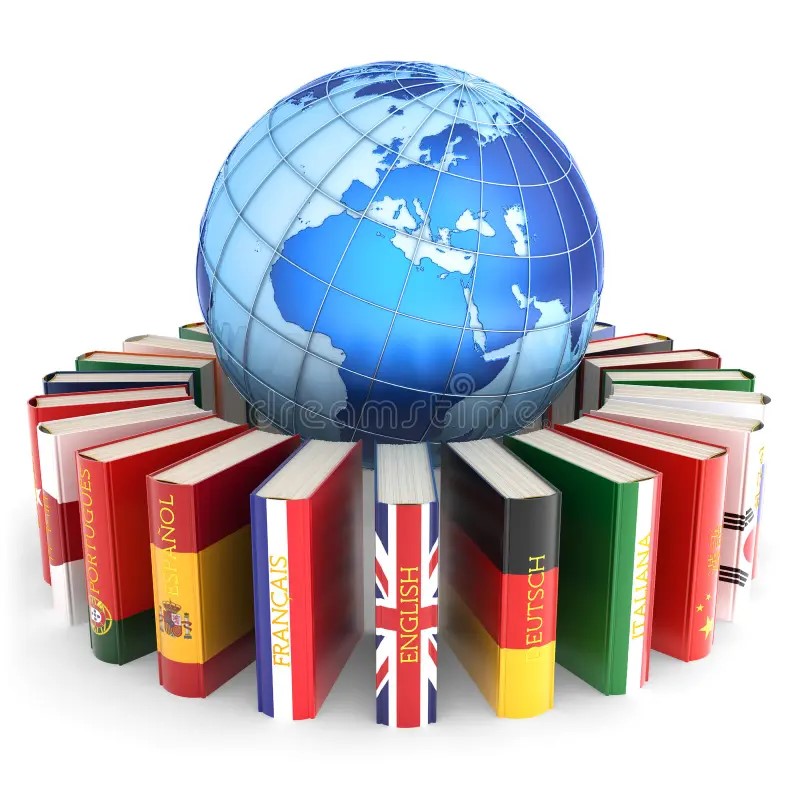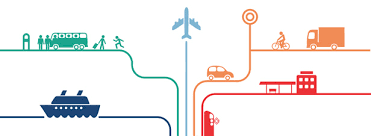Aménagement du territoire

- Enseignant: MERIKHI YASSINE

Matière 2 : Mobilité et transports
Crédits : 4
Coefficient : 2
Objectifs de l’enseignement
Développer les connaissances théoriques et appliquées dans le domaine particulier du secteur des transports en relation avec le territoire. Mettre en évidence les interactions au sein du secteur et entre celui-ci et les composantes du territoire notamment régional.
Connaissances préalables recommandées
Analyse de l’espace géographique, villes et régions, Algérie espace et société, Réseaux et territoire
Contenu de la matière :
Introduction
1. Les transports, réseaux et espaces régionaux
1.1Transports, communications et réseaux.
1.1.1. Comprendre les transports à travers la notion de réseau.
1.1.2. Infrastructures de transports
1.1.3. Connectivité et accessibilité.
2. La formation des réseaux
2.1. Réseaux et flux.
2.2. Evolution des réseaux
2.3. Importance des progrès techniques et conséquences sur les réseaux.
3. Rôle des transports dans les processus de développement et dans la construction territoriale
3.1. Les synergies entre transports et développement
3.2. Le transport et le processus d’intégration territoriale.
3.3. Inputs et outputs.
4. Les processus liés à l’interaction spatiale et le modèle gravitaire.
4.1. Définitions et problèmes.
4.2. Emissivité et attractivité.
4.3. La modélisation gravitaire et la géographie des transports.
4.4. Spécialisation et complémentarité à travers l’échange.
4.5. Les notions de seuils dans les aires d’influence.
5. Les caractéristiques complexes de la demande et de l’offre de transport
5. La mobilité et les transports dans le temps et dans l’espace
5.1. Les différentes formes de mobilités
6. Les grandes caractéristiques des moyens de transports
6.1. Critères topologiques et de qualité
6.2. Exemples de moyens de transports et leurs rapports à l’espace
Mode d’évaluation : Contrôle continu et examen
- Enseignant: djabri mohamed tayeb
- Enseignant: djabri mohamed tayeb
- Enseignant: djabri mohamed tayeb
- Enseignant: djabri mohamed tayeb
L’observation courante de notre environnement écologique et les éléments qui le constituent (air, eau, terre..), nous invitent à réfléchir sur son avenir et surtout sur le capital naturel que nous transférerons aux générations futures : Des ressources hydrauliques surexploitées, de l’air pollué, des zones rurales détruites par l’agression de l’urbanisation, des océans et des mers polluées, des ressources minières et énergétiques maladroitement utilisées, de la faune et de la flore en voie de d’extinction… C’est malheureusement, le souvenir d’une terre agréable à vivre qui sera décrite par nos historiens et scientifiques et constituera l’unique richesse de nos générations futures. Après la sensibilisation de l’homme à tous ces problèmes environnementaux et aux dégâts de ses activités économiques sur son environnement, le passage aux actions correctives s’est juste nécessaire.
- Enseignant: MERIKHI YASSINE
Enhance the knowledge acquired in grammar, conjugation, and vocabulary during the first semester.
Recommended Prerequisites
Knowledge gained within the subject UET11 (T111).
Subject Content:
Refinement of oral and written English (scientific English applied to geography).
- Practice of both everyday and technical English.
- Enseignant: djabri mohamed tayeb

The introduction of this course sets the stage for understanding the various dimensions of economic activities and their impact on geographical space. It serves as a foundation for delving into the definitions and concepts that underpin the study of activities and their organization within different spatial contexts.
Moving into the first axis, which is focused on agricultural activity, students explore the diverse forms of agriculture, ranging from traditional to modern methods, extensive to intensive practices, and the crucial role of livestock farming. Additionally, attention is given to fishing, aquaculture, and forestry, highlighting the significance of these sectors in economic development and spatial organization.
The axis then transitions to a discussion on Algerian agriculture, providing insight into the specific context and challenges faced within the Algerian agricultural sector.
Shifting gears, the course delves into industrial activity, beginning with definitions and classifications, followed by an exploration of its genesis and the transformative effects of phenomena such as the Industrial Revolution and globalization. The relationship between industry and geographical space is examined, including factors influencing industrial location, its impact on urban and rural areas, and the dynamics of regional integration.
Finally, the axis concludes with a focus on services, emphasizing their importance and diverse classifications. Students learn about the typology of tertiary activities and the phenomenon of urban tertiaryization, which reflects the growing dominance of service-oriented economies in urban areas and its implications for spatial organization and development.
- Enseignant: djabri mohamed tayeb

